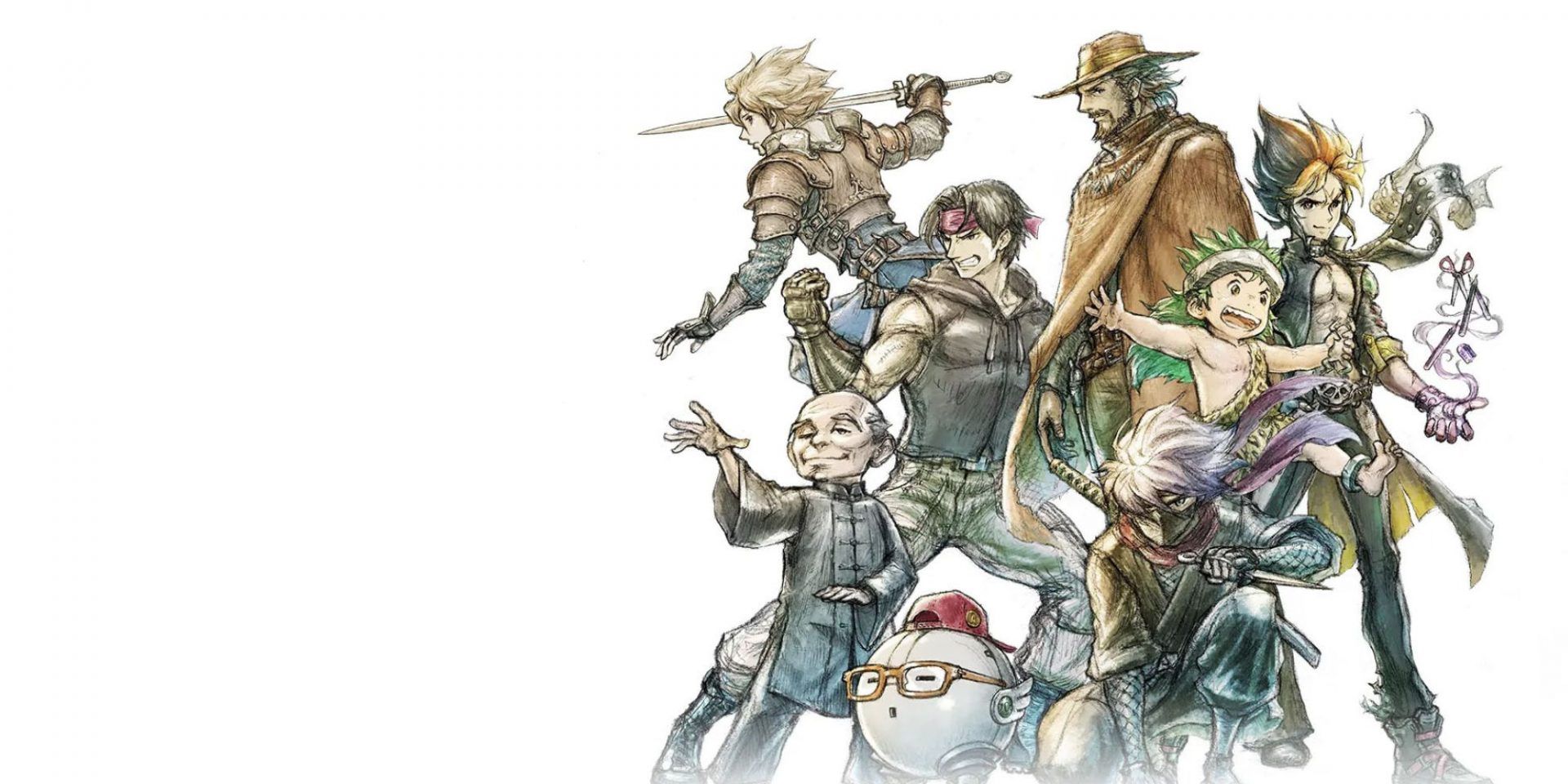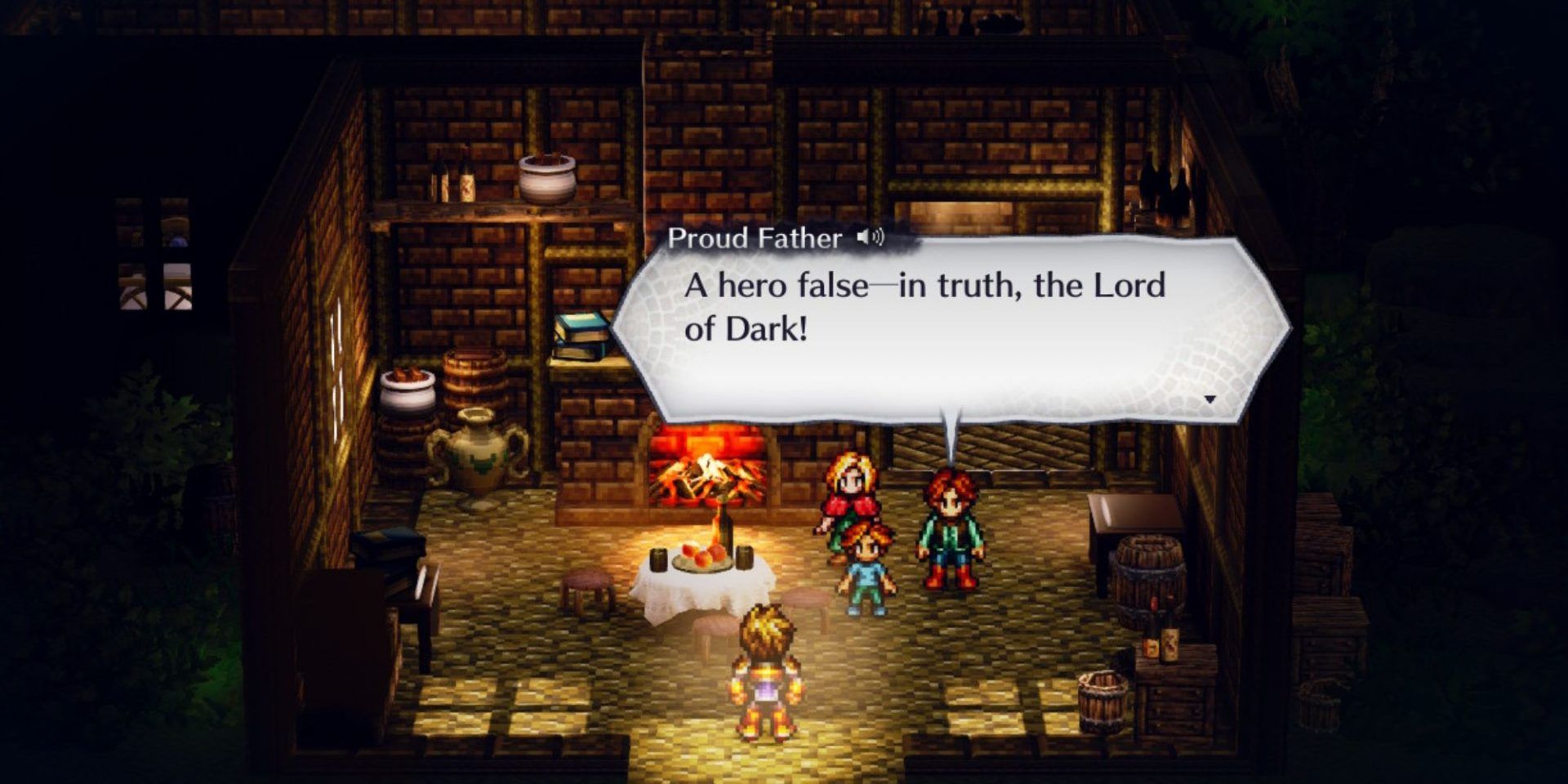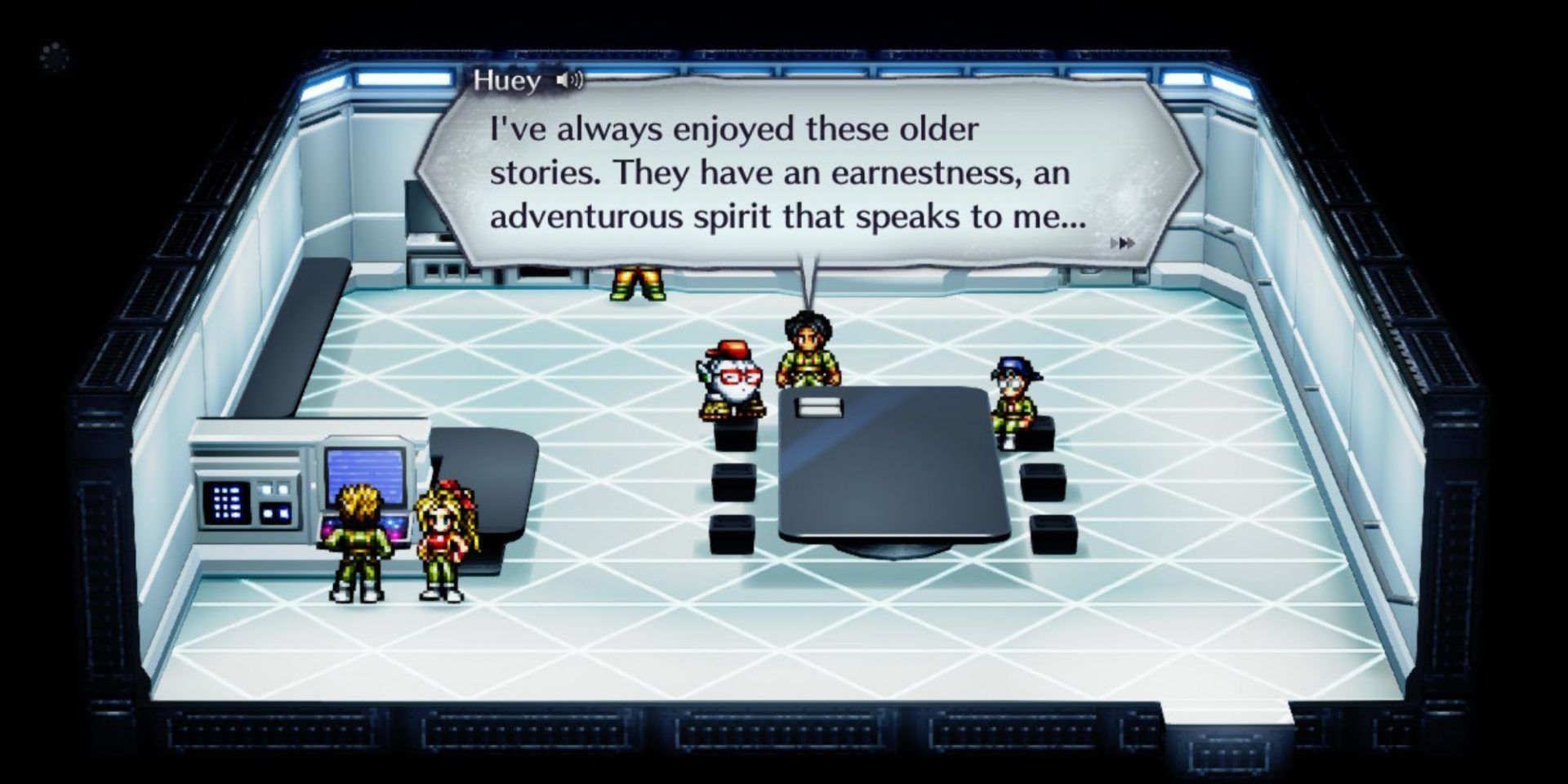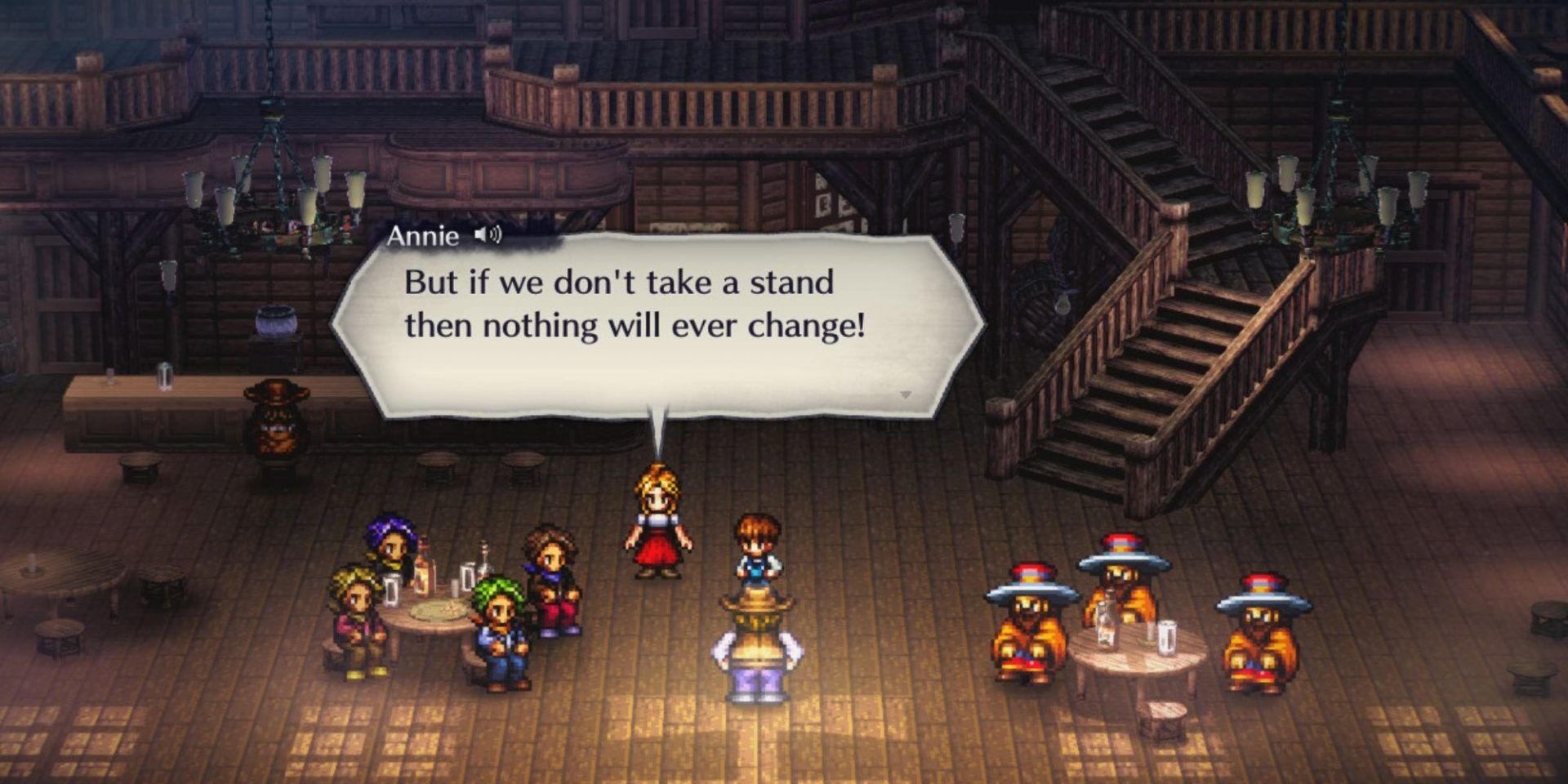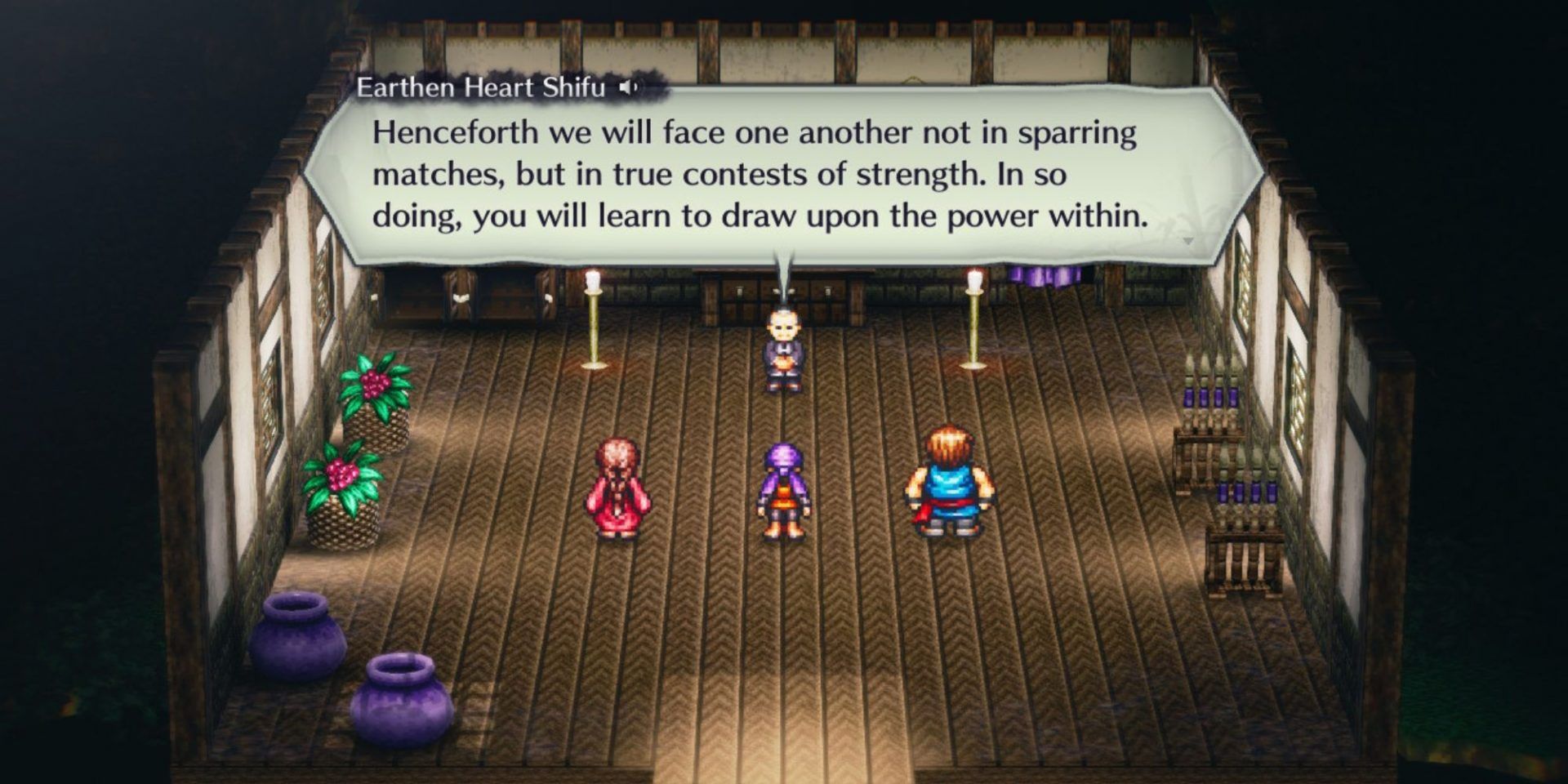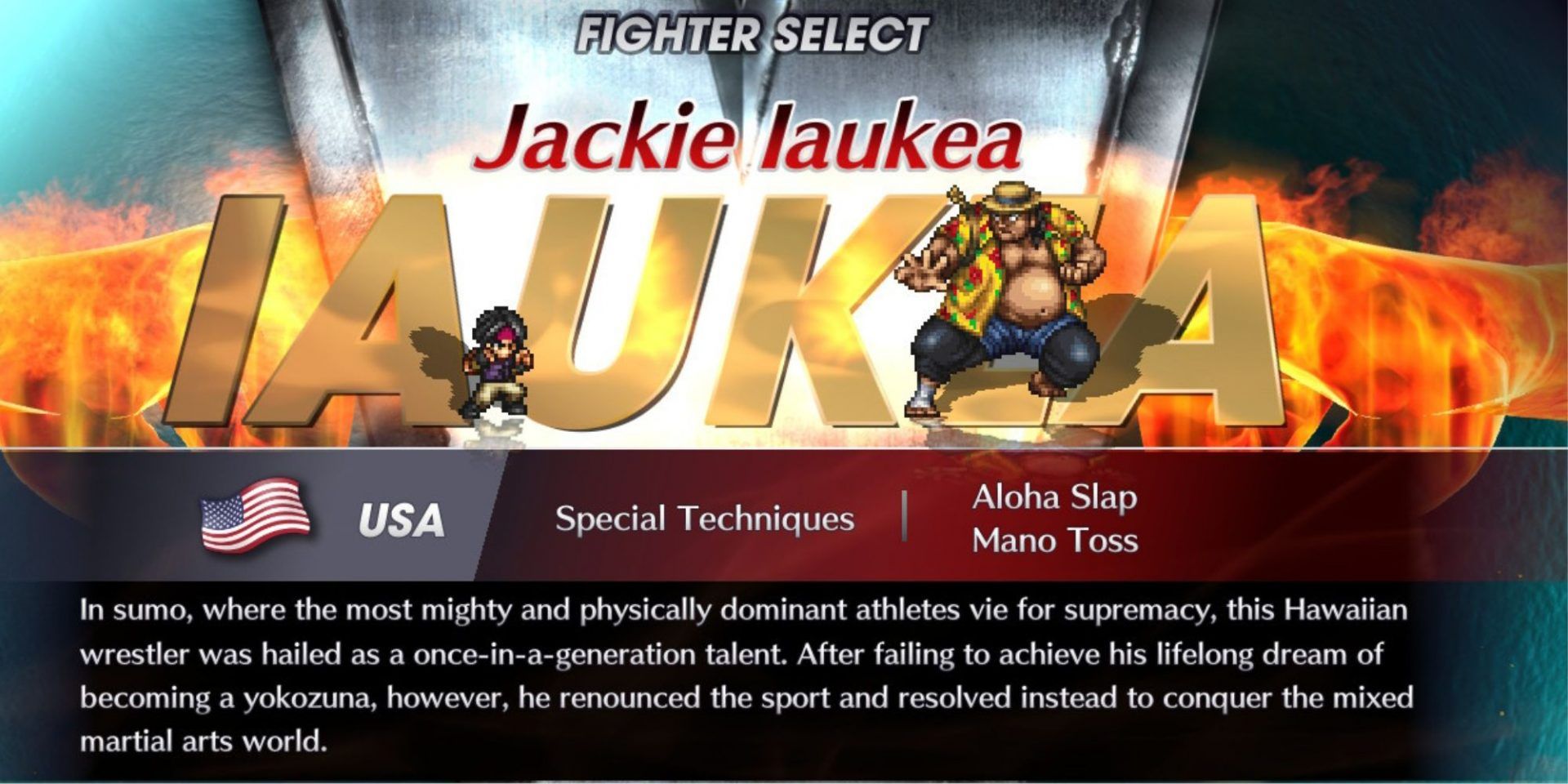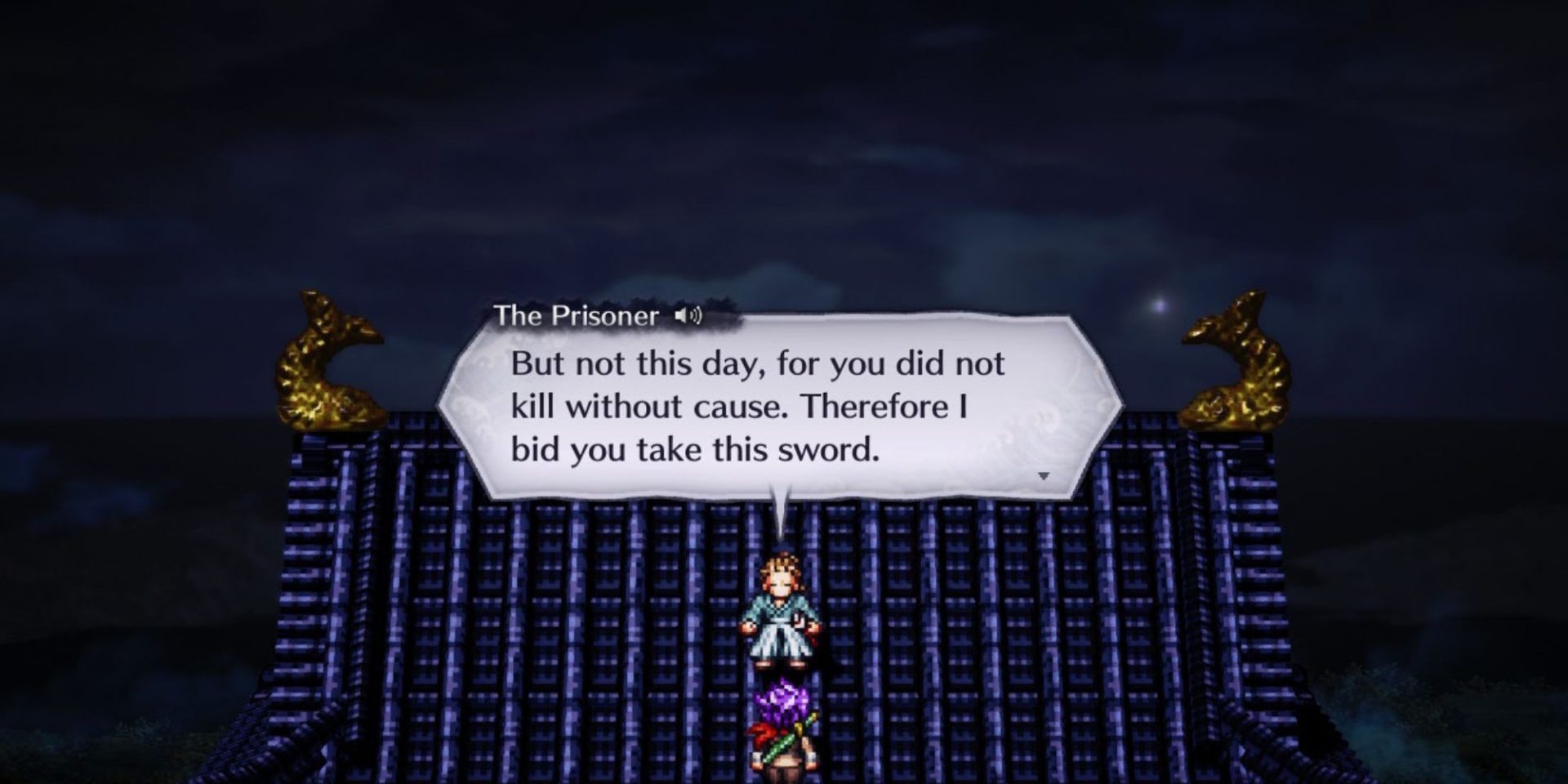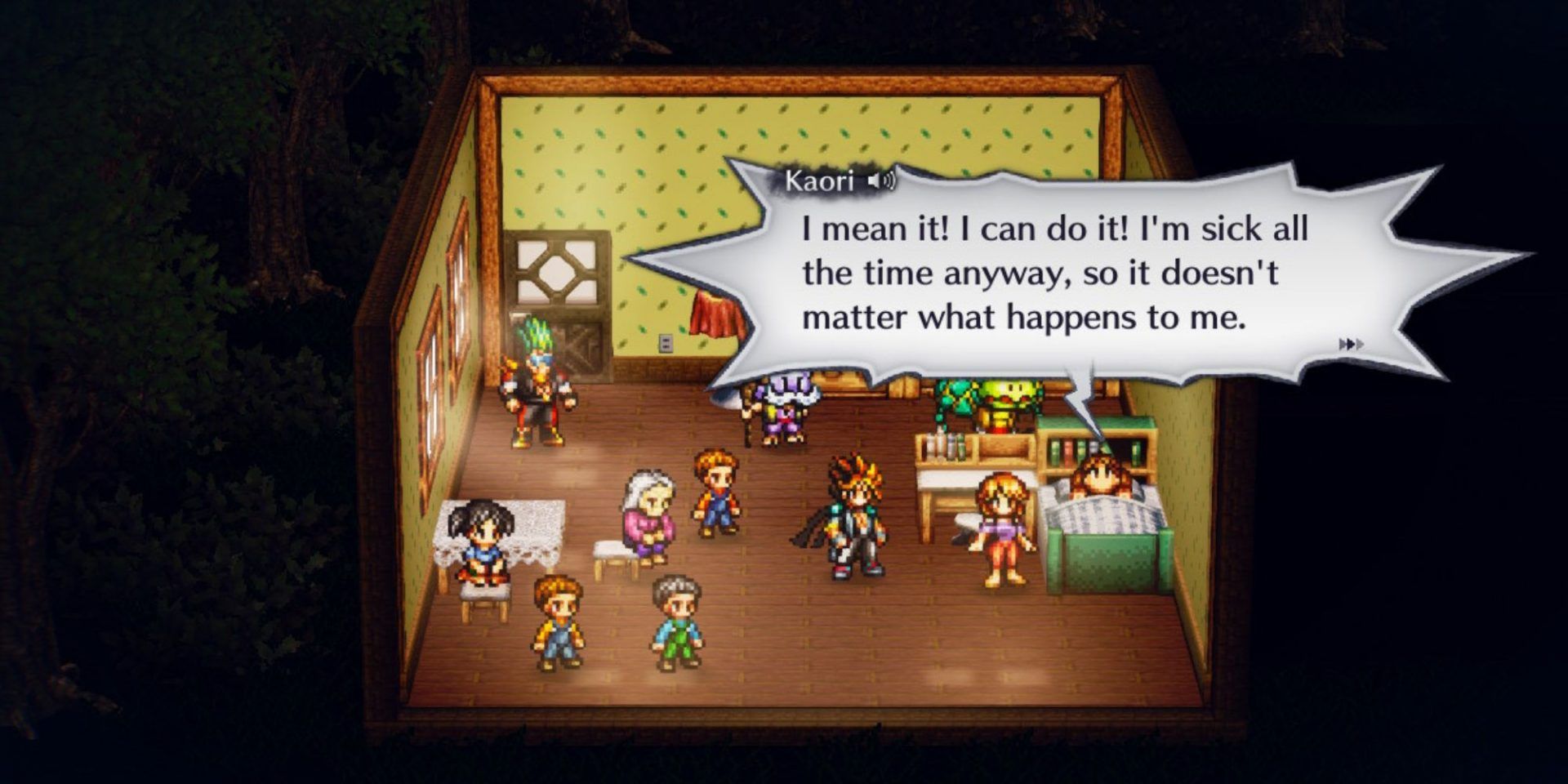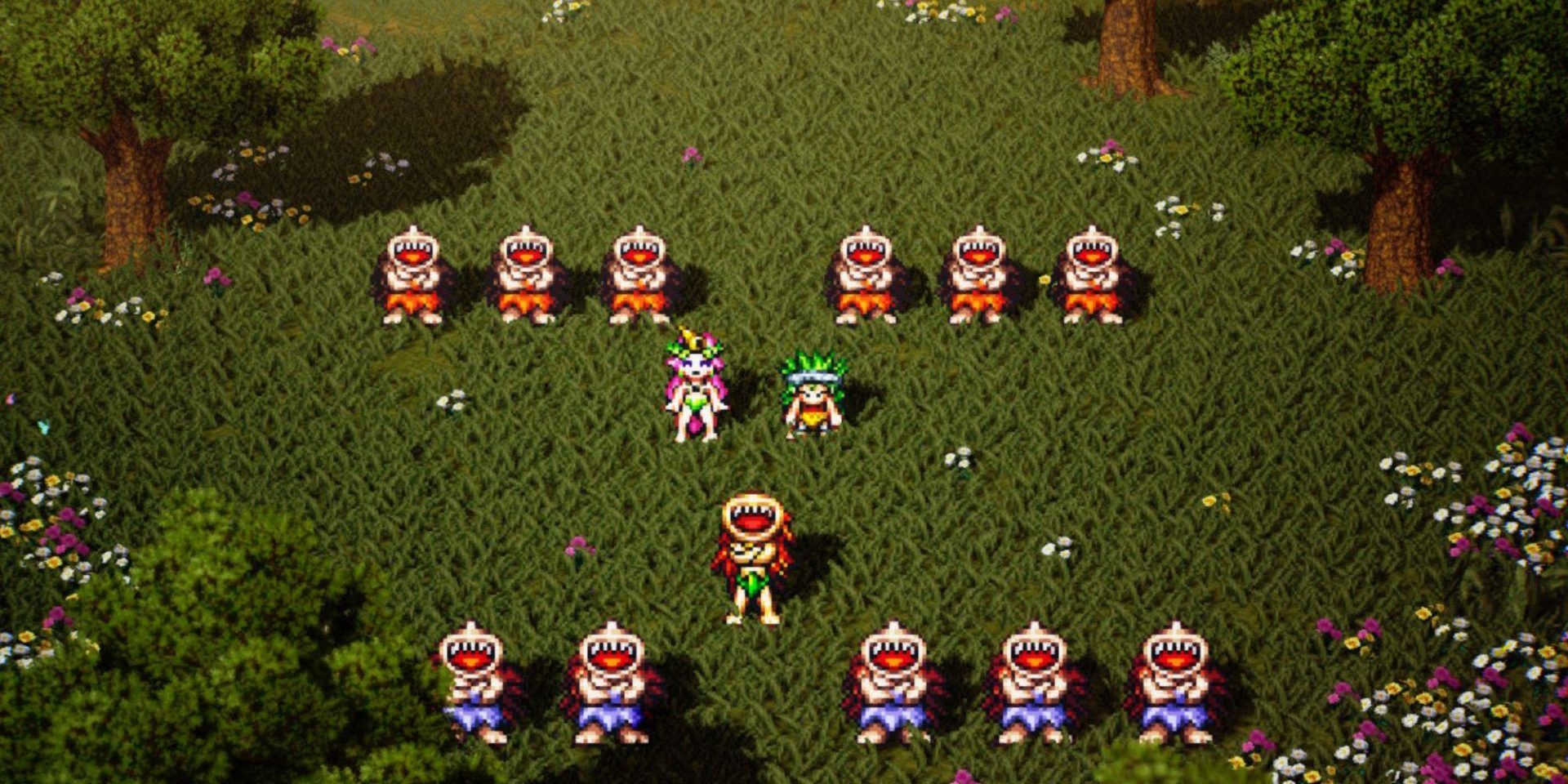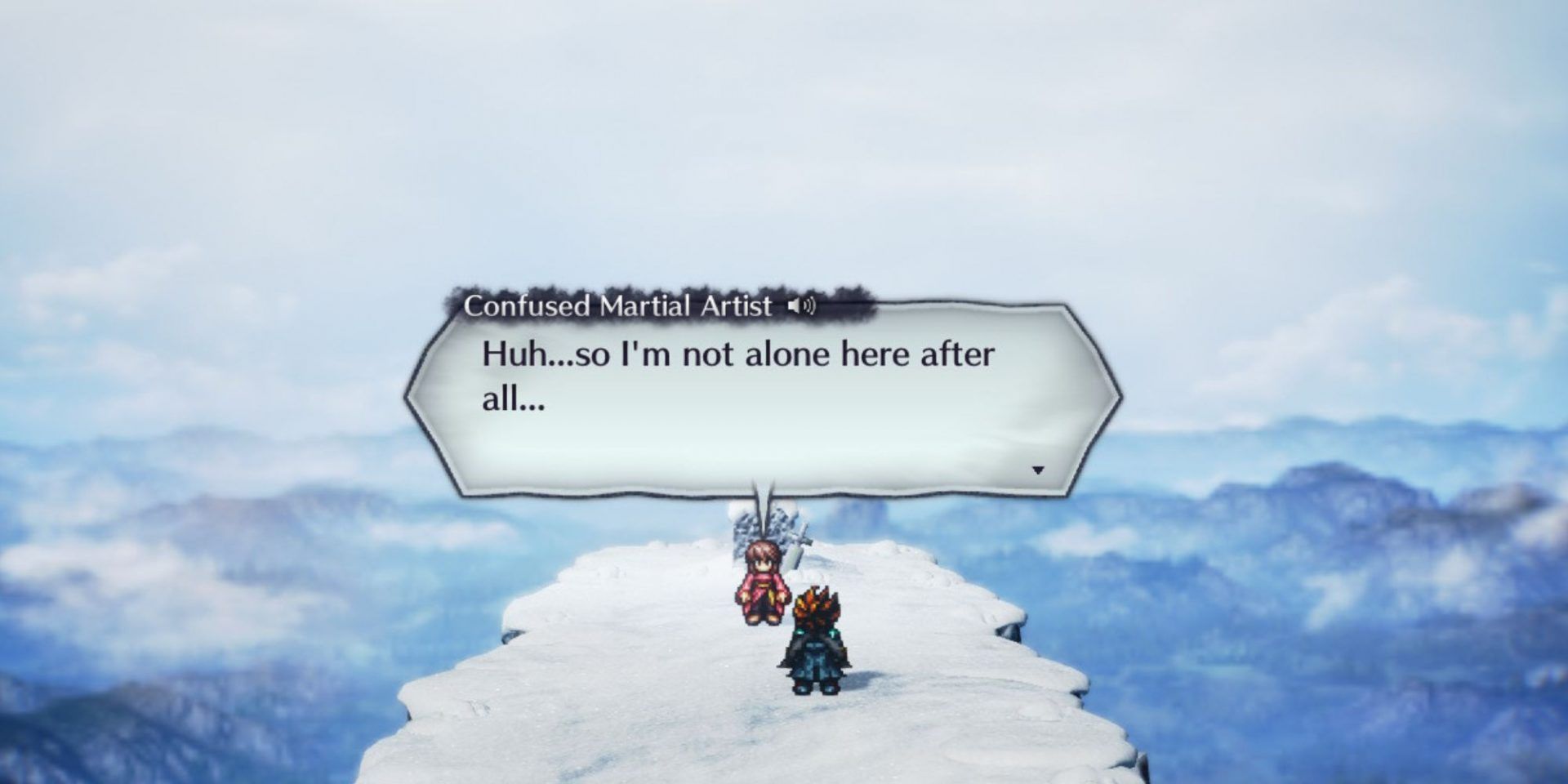Mr. Takashi Tokita, who directed the timeless classic Live A Live after working on Final Fantasy IV, had a desire to create a game with independent scenarios that empower and expand on each other, amounting to a multilayered story where each part is a reflection of the whole, yet still able to stand on its own.
Live A Live had eight different story sections, each set in a different era. Every single scenario was done by a separate artist, thanks to Square's ties with Japanese manga publisher Shogakukan. Beyond that, the game incorporated many influences and design concepts from both the east and the west, enriching the narrative beyond what any director had ever done in Square's history.
The article contains spoilers about Live A Live story and endgame dungeons. Tread with caution.
- RELATED - Live A Live Review (Nintendo Switch)
The main motivation for Mr. Tokita was Devilman, a classic manga by Go Nagai (Mazinger Z/Getter Robo) that depicts the life of a high school student, who absorbs the powers of a dark demon in order to battle the creatures hidden in human society. Nagai designed Devilman as an anti-war work, and the manga's violent and dark tone was intended by the author as a warning against war, stating that there is no justification for human beings killing each other.
Chapter 1: Middle Ages
Oersted, the main character of the chapter and the main villain of the whole story, seems most inspired by Tokita's Devilman. After Oersted loses everything because of his friend and rival’s hatred of his success, the broken hero decides to wage a war on all heroes across all timelines.
His war was centered around the idea of heroism being a mistake, and that fighting - however virtuous the cause - isn't righteous. Oersted leaves a hint of himself in every timeline. Sometimes he even breaks the fourth wall (like in the prologue of the near future), asking the players to think about all the sadness they are leaving in the wake of their self-proclaimed noble journeys.
Chapter 2: Distant Future
The Mechanical Heart chapter, occurring in the distant future, has a similar message. The story revolves around a spaceship crew who are transporting a secret package to a distant planet, but when things start going wrong on the way, they begin blaming each other.
The true cause of these accidents, however, was the advanced ship AI OD-10. In both the game and the original movie inspiration, 2001: A Space Odyssey, the ship AI acts out against the humans in lethal ways. This not only acts as a warning against the destructive power of uncontrolled technological innovation, but also against negative emotions and how they hinder the true progress of any civilization.
Chapter 3: Wild West
The Wild West chapter protagonist KID is a clear homage to Clint Eastwood's movie of the same name: Joe Kidd. Kid is a wanderer with a bounty on his head and nowhere to go, but amidst his loneliness and regrets, he tries to help a small town fend off evil raiders. It's unclear what exactly goes on in his head across the chapter, and his real motivation is left for the players to figure out.
This is on point with how Joe Kidd was portrayed. The film was a so-called 'anti Western', and Joe was a man of few words, so the viewer would never really know whose side he was on. This was the goal, since the film was questioning the idea of taking sides in war, and from the eyes of an outsider ex-bounty hunter we could see this message with clarity.
Chapter 4: Imperial China
In this chapter, a master of Chinese martial arts, is looking for a disciple to pass his secret techniques and life lessons on to before he passes away. The chapter seems to have taken cues from Kenji, the manga the artist, Yoshihide Fujiwara worked on as an assistant.
The manga artist of Kenji, Ryuchi Matsuda felt like an inspiration for the master’s character, as he was a real-life martial artist and Buddhist who advocated for peace and understanding, and criticizes the modern Japanese martial arts scene for losing its 'essence' in favor of competition and the idea of winning on "so-called strength" alone.
Chapter 5: The Present Day
Masaru Takahara, the protagonist of this chapter, wants to become the strongest, and endeavors to do so by entering a global fighting tournament. Masaru's western opponents exhibited an obsession with physical strength and showed off the techniques they pride themselves on.
Training for strength alone is what the Chinese would call “dead strength [sili 死力],” as opposed to the "Live Strength" of Chinese martial art, where practitioners exhibit many different kinds of strength, such as breathing, meditation, and somatic practices.
That’s why Masaru learns from his opponents and lets them live, even though they will return for revenge later, because his true goal is conquering and transcending the inner self rather than engaging in useless fights, and surrendering to cravings for power and revenge.
Chapter 6: Twilight of Edo Japan
Twilight of Edo Japan seems to have been influenced the most by the manga background of Yumi Tamura, one of the artists who worked on Live A Live. She was in the middle of working on the manga Basara before joining the project, a story about Japan being controlled by a succession of corrupt and oppressive rulers.
In Basara, the heroine falls in love with the Red King, whom she swore revenge on for destroying her village and killing her family. Because the two lovers did not reveal their true selves to each other, their relationship starts to become more strained and bloody down the road.
Oboromaru, the chapter protagonist, was also conflicted about what type of person he should be (a pacifist or a murderer), and whether he is ready to fulfill his mission at all costs, even at the cost of killing innocents and his own feelings.
Chapter 7: Near Future
The main protagonist of the near future arc, Akira, also has a story arc that revolves around learning to control and transcend oneself. Born with psychic and telekinetic powers, he starts out by using them for violence, before learning that strength is nothing without a calm and collected mind that guides him to use it for the right reasons, such as helping the weak.
The artist behind the chapter, Kazuhiko Shimamoto, has written many works that revolved around the same themes of righteous anger, friendship, and compassion. The most prominent is Blazing Transfer Student, which was also about a student who tries to solve everything with punching and kicking, until he learns to develop his own method of fighting and the right mindset for solving his disputes.
Chapter 8: Prehistory
The last era, prehistory, is based on a gag manga called First Human Giatrus. The most distinctive quality of this manga was that there was a monetary system in use despite its prehistorical setting, which it used to comment on the regressive influence of money on human society.
In this chapter, even though the cavemen appear to have some working systems for hunting and trading, they still fall into the same spirals of jealousy and discord in spite of everything. Oersted is observing all of this as much as the player, and interprets the events in a negative way because of his past experience and cynical worldview.
Final Dungeon
Because of the multilayered view of every story, the final dungeon is designed to be reminiscent of the freedom of choice implemented in the Romancing Saga series, another series by Square Enix that follows a non-linear story of eight different protagonists. Here the choice is given to the player to end their story with any character they choose, any number of characters, and even with the option to side with the villain.
The main message, in the end, is self-development. As long as players with keen eyes can identify the causes for conflicts and disagreements in every era, they can become better people, but if they stay blind to the reality of things like Oersted, the strife will never end. Giving the players the agency to choose empowers the game's themes, and implores players to be both positive and critical about the causes they are fighting for.
Live A Live HD-2D Remake is now available exclusively on Nintendo Switch.

